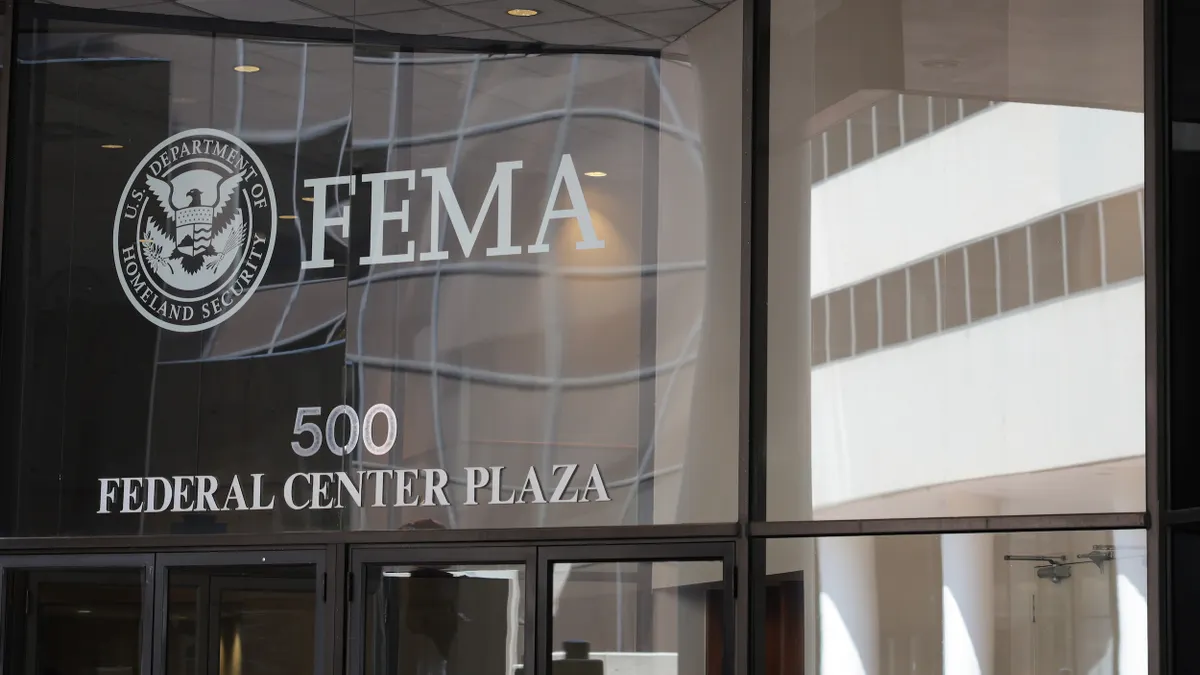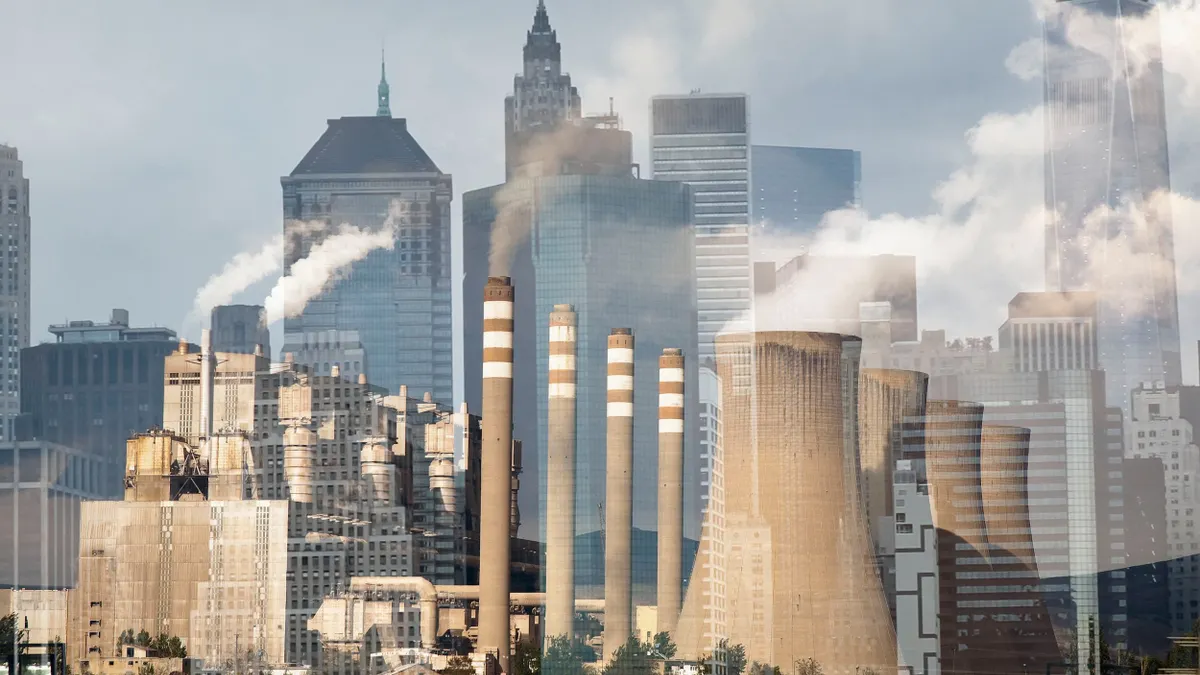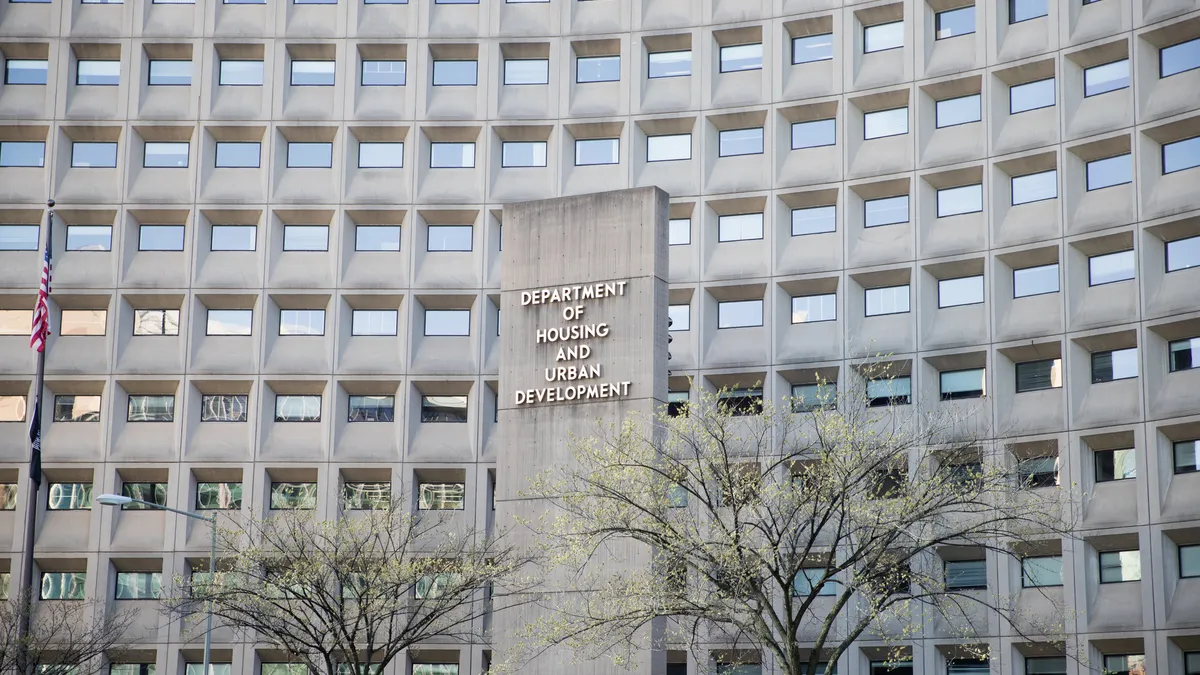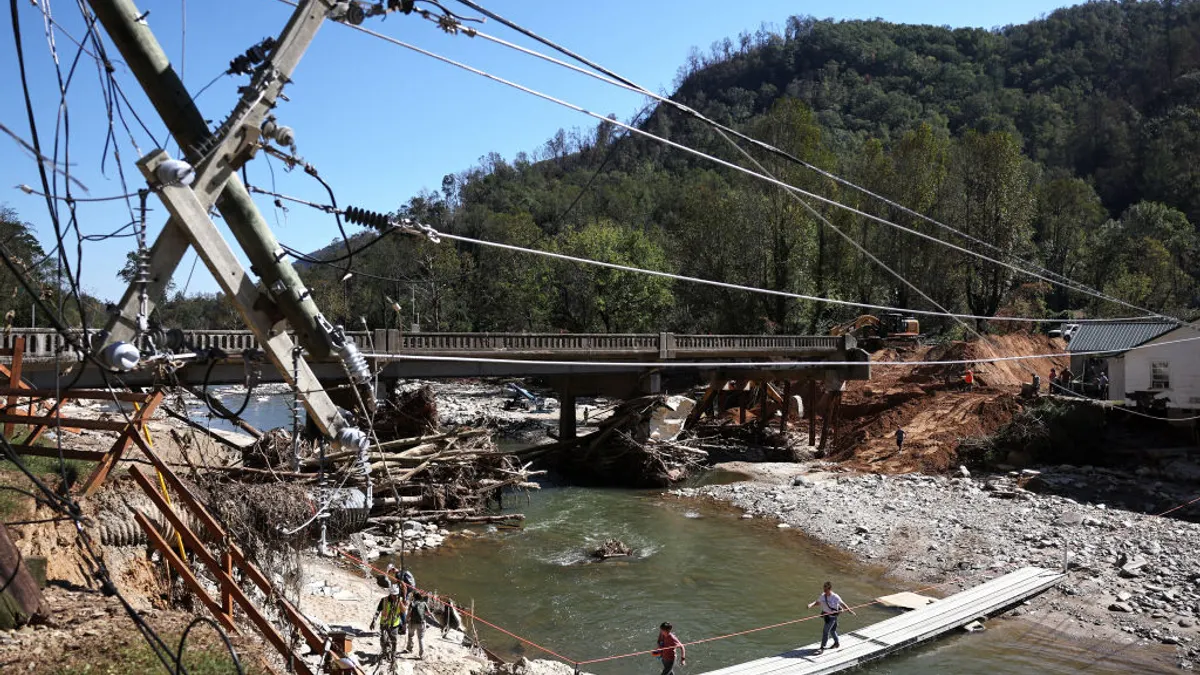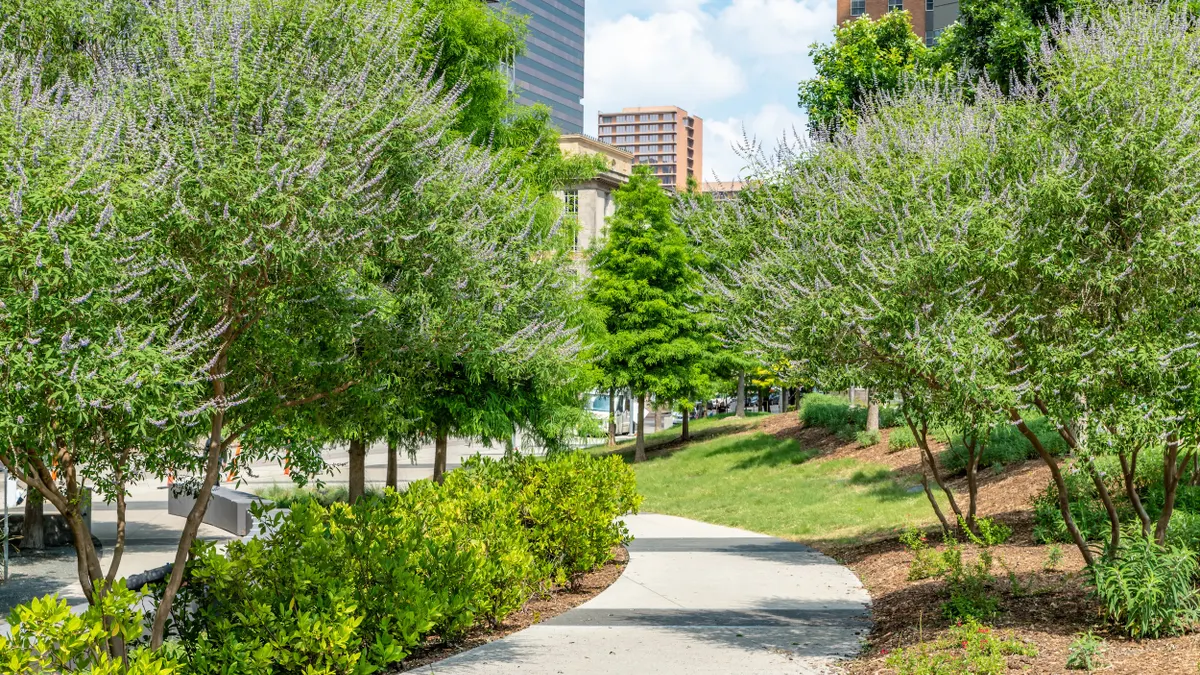Improving safety in the waste industry is a never-ending process — and, of course, that process is more complicated than usual in New York.
In its second year, NYC's Waste & Recycling Safety Symposium — hosted by the city and industry groups such as the Solid Waste Association of North America (SWANA), National Waste & Recycling Association (NWRA), New Yorkers for Responsible Waste Management (NYRWM) and more — brought together many of the area's top haulers and industry players to talk about getting waste collection off the most dangerous occupation list. Vigilance, technology and communication were all common themes during the half-day session, with frequent reminders that the status quo was far from acceptable.
"You’re on the radar screen in Washington. You’re on the radar screen in New York City," said David Biderman, CEO of SWANA. “We need to a better job of self-policing our industry."
Based on the latest national Bureau of Labor Statistics data about collection routes, landfills and recycling facilities, Biderman said the industry is averaging nearly one fatality per week. This is on top of more than 15,000 reported injuries or illnesses and 2,000 accidents in the industry last year that required trucks to be towed from the scene.
With thousands of commercial and municipal collection vehicles crisscrossing the city's five boroughs every day — in between unpredictable pedestrians, bicyclists and motorists — the potential for incidents is even higher in New York. According to a series of panelists, both employers and workers are equally responsible for ensuring that all involved return home safely every day.
Tackling terrorism
It has become more common for police departments to partner with local collection workers on public safety training and New York’s history as a terrorist target makes this concept extremely relevant.
Because workers often observe the same areas every day, they may be better-positioned to notice unusual items — such as empty chemical containers from making bombs or drugs — along their routes. City officials urged companies to report any suspicious activity, though they said the biggest threat was one of the hardest to guard against.
"Right now the number one weapon used in worldwide incidents of terrorism are trucks," said Lieutenant Lucas Miller from the NYPD Intelligence Bureau. “You or your companies are in possession of as devastating weapons as I could think of for a terrorist."
Miller urged companies to install GPS devices and cameras in their vehicles so law enforcement could track them in the event that one was hijacked. He said a "kill switch" that could shut off the truck remotely would be even better.
“You or your companies are in possession of as devastating weapons as I could think of for a terrorist."

Lieutenant Lucas Miller
NYPD Intelligence Bureau
The Action Environmental Group’s director of risk management, Sal Mastriani, told Waste Dive after the event that installing such devices would be relatively inexpensive and his company is considering it. Doing so would be easier in newer trucks, which the company is purchasing nearly 30 of this year.
Recent vehicular terrorist attacks in London, Nice and Berlin show that this is becoming a more potent threat. The Department of Sanitation (DSNY) is also using its own trucks as a defense against any attempts at high-profile parades and events on a regular basis.
Controlling the situation
Multiple speakers also highlighted the benefits they’d noticed from investing in cameras and other technology.
Nathan Brainard, from the Insurance Office of America, hadn't seen premiums go down as a direct result of adopting this technology yet but said it could happen after a sustained period of good performance. Brainard emphasized that an ongoing culture of poorly maintained vehicles or inadequately trained workers will only end up costing more money in the long run.
"If you’re not taking the opportunity to reinvest in your own company the costs are just going to continue to spiral out of control," he said.
The installation of cameras can also help companies avoid legal or financial blame for incidents where they may not be at fault. Brainard cited a survey that found the average motorist is less patient around collection trucks than any other type of service vehicle and more likely to try to pass them. Whether in cars or on foot, people are also more distracted by phone use now, adding another unpredictable factor.
"If you’re not taking the opportunity to reinvest in your own company the costs are just going to continue to spiral out of control."

Nathan Brainard
Insurance Office of America
Cameras can help document any potential incidents, and fleet routing software can help limit distractions for truck drivers, but good communication among crews is also just as important. Panelists talked about how helpers are essential for coordinating with drivers on backing, noticing maintenance issues on the vehicle or telling the driver to pull for a quick break if needed.
"A lot of times I think helpers are underappreciated as just a grunt," said Paul Zambrotta, safety manager for Mr. T Carting. "No great driver can be a great driver without the assistance of a great helper."
Building safety culture
For companies of any size it may not matter how much technology they have or how good their employees are if a strong safety culture hasn't truly permeated the workplace.
Waste Connections noticed this when it acquired Progressive Waste Solutions. Since the deal closed last summer, incident and turnover rates have decreased at former Progressive sites as they become part of the Texas company’s larger safety program.
A group of panelists from the company emphasized the concept of “servant leadership,” meaning that any employee is encouraged to speak up when they see something wrong and top executives are equally responsible for safety. The goal is for workers to make safe choices for the right reasons.
"We don’t want them to follow the rules because they’re worried about getting fired. We want them to follow the rules because they believe it," said Mark Avey, safety manager for the company’s eastern region.
Whenever an incident needs to be addressed, the company follows the "S.A.F.E." model (state what you saw, ask for answers, find a fix, empower the employee) for a productive resolution. Praising employees for good performance, which Waste Connections goes to great lengths to do, was also said to be as important as disciplining them.
"We don’t want them to follow the rules because they’re worried about getting fired. We want them to follow the rules because they believe it."

Mark Avey
Safety Manager, Waste Connections
Like others at the event, Waste Connections has been happy with its investment in cameras too. Though Shawn Mandel, vice president of safety for the company, made it clear that making the decision to install them is only the first step.
"If your company isn’t ready to coach the behavior and you’re just gathering the data, you’re just creating liability for your organization," he said.
Next steps
Unlike at last year’s event, there was almost no talk of a potential franchise zone system, which is unpopular among multiple local companies. Instead, city officials talked about new ways to collaborate with the private sector.
Plans are already underway to host a third symposium this fall at a larger location that would allow for technology demonstrations. The Business Integrity Commission and DSNY are also working to create a standard training manual that private haulers could use, with the goal of releasing it next year.
Speaking to a room full of workers and company owners that have been somewhat wary of city involvement in the past, DSNY Commissioner Kathryn Garcia sought common ground in the day's final talk. Aside from the fact that DSNY and commercial haulers often operate at different hours, she noted that their essential functions are still the same. Both sectors are doing a difficult, dangerous job with limited credit from their fellow citizens.
"I think there’s a lot that we are learning from each other on this topic," she said. "I don’t think that there are many people outside of this room who understand how hard it is to operate in the city of New York."









